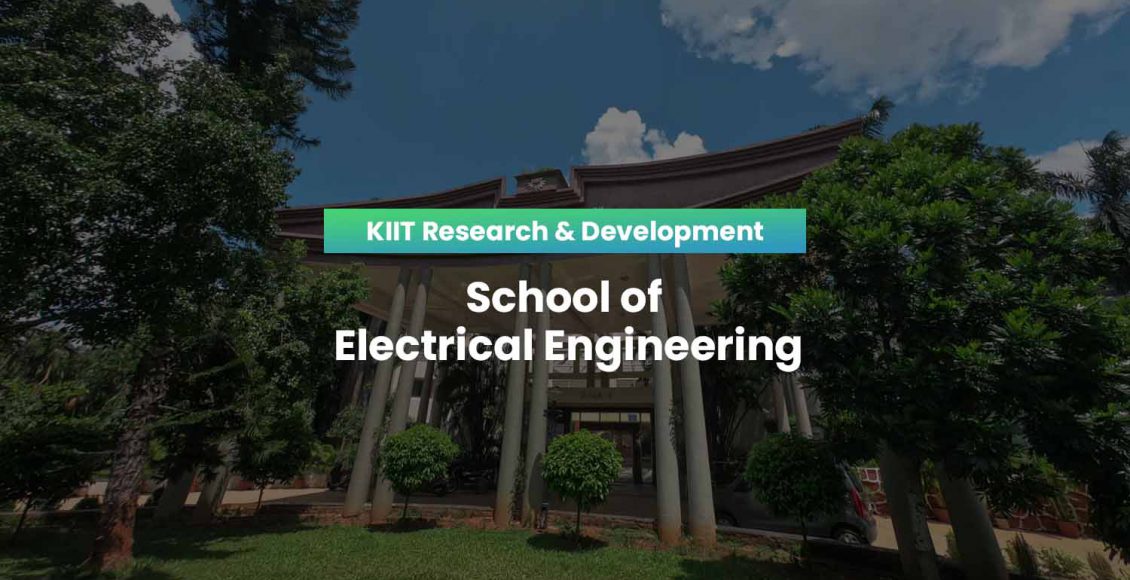School of Electrical Engineering (Jan – Mar 2023)
Journal Paper:
Review of active power control techniques considering the impact of MPPT and FPPT during high PV penetration
Mahato, G. C., Biswal, S. R., Choudhury, T. R., Nayak, B., & Santra, S. B. (2023). Review of active power control techniques considering the impact of MPPT and FPPT during high PV penetration. Solar Energy, 251, 404–419. https://doi.org/10.1016/j.solener.2023.01.035
Abstract: The increased power demand needs the installation of more power-generating units. Apart from conventional power generating stations based on fossil fuel combustion, recently solar power generating stations have attracted a large stake due to various advantages. However, the increased power generation also needs to be focused on various factors like stability, and reliability of the grid system leading to putting more emphasis on active power control techniques. This article reviews different active power control methods including conventional and flexible horizons. The focus of this article is to analyze the reliability factor while extracting power from solar plants. Maximum power point tracking (MPPT) is a well-known strategy for the maximum utilization of solar energy. However, as the dependency on solar energy rises the conventional control strategy needs to be modified for active grid participation of the PV systems. This can be performed by incorporating Flexible Power Point Tracking (FPPT) control strategies instead of MPPT. In this article, a comparison of the two techniques has been performed to choose the best method based on the requirement. Further, the impact of both systems on the grid system has been briefed in this article. Also, benchmarking has been proposed from the analysis to switch over between the modes depending on the power availability.
International Conference:
Padhi, D., Panigrahi, P. K., & Senapati, R. N. (2022, December). Enhancing the Performance of Power Compensating Device (UPQC) with Sinusoidal Current Control Strategy. In 2022 IEEE 2nd International Symposium on Sustainable Energy, Signal Processing and Cyber Security (iSSSC) (pp. 1-5). IEEE.
Abstract: This paper evaluates the PQ problems occurring in medium distribution utilities which are exacerbated by critical loads connected to them. Using Custom Power Devices, sinusoidal current can be taken from the power source, as well as addressing power quality issues and altering the zero-sequence power. The methodology suggested is based on a constant current control simulation of Unified Power Quality Conditioner (UPQC). This strategy able to achieve a dependable and sinusoidal current waveform. The interfacing between UPQC and the supply system and critical load so to compensate reactive power and separating the harmonic power generated due to nonlinear load. MATLAB R2014b has been used as simulation for critical loads, a 3-Φ, 4-wire system with clamped neutral point architecture is used. As a result of simulation, a seemingly sinusoidal current is produced from the supply system, with a desirable Total Harmonic Distortion of less than 0.04 percent.


